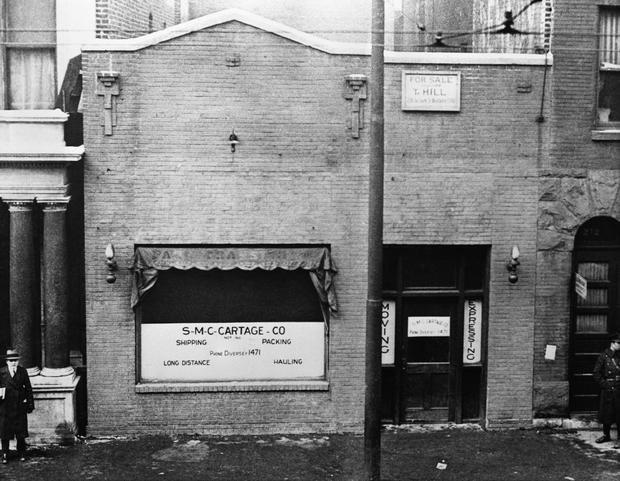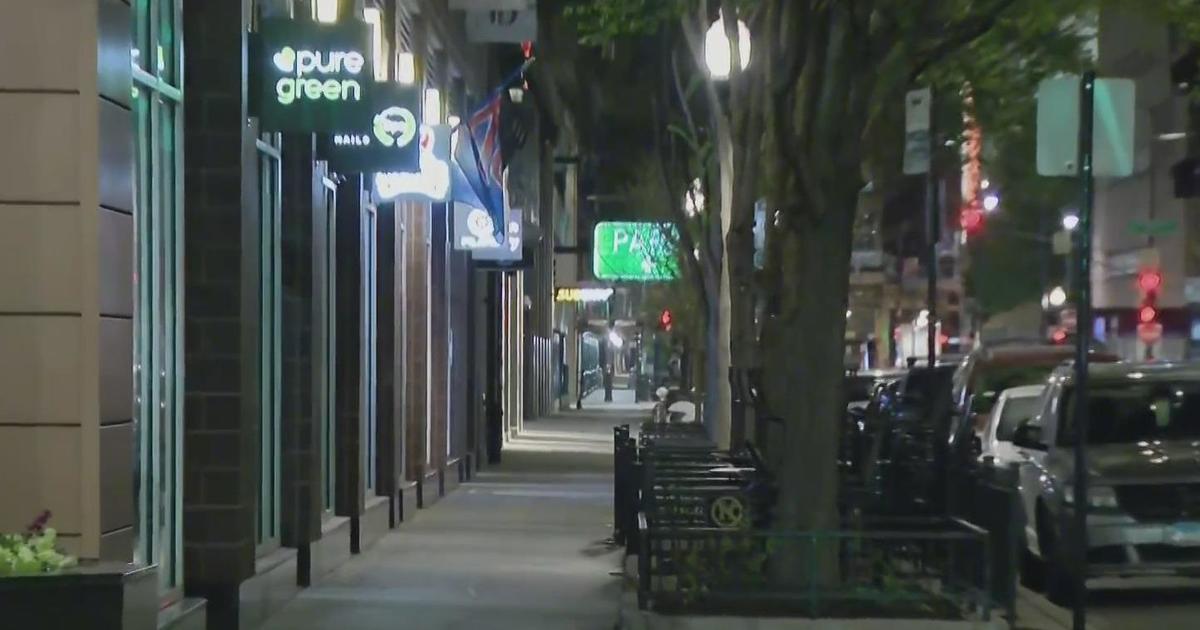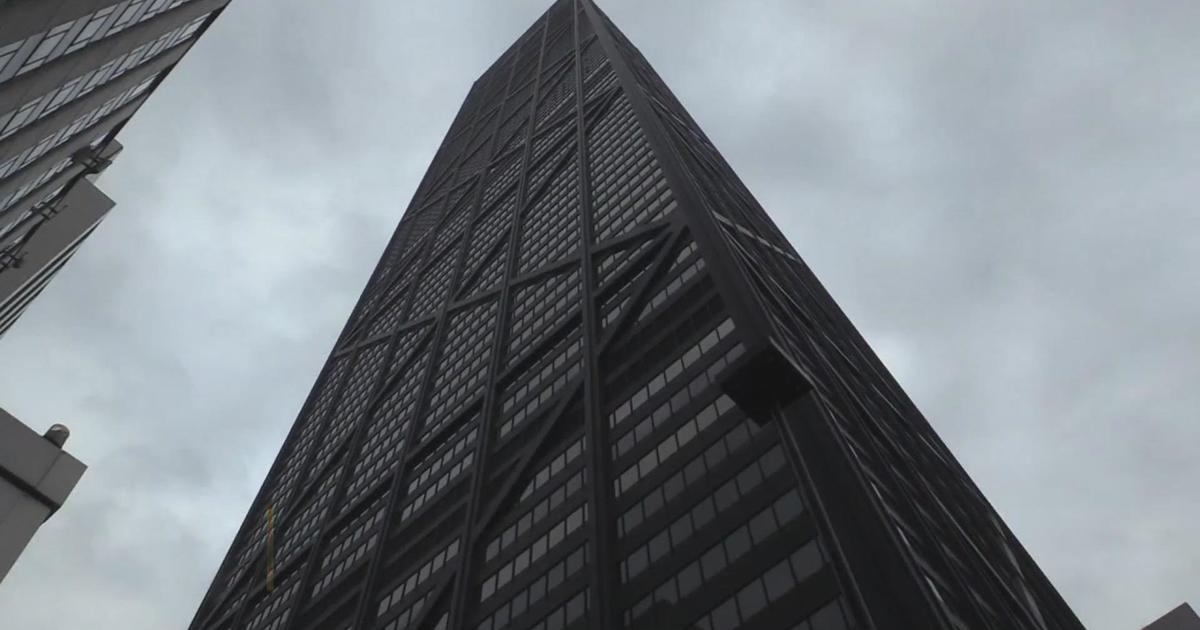Super Bowl visitors can see piece of infamous Chicago mob history at Las Vegas Mob Museum
CHICAGO (CBS) -- Some football fans in Las Vegas for the Super Bowl can also get a lesson in that city's Mafia history – which intersects quite frequently with Chicago Mafia history.
The Mob Museum – officially known as the National Museum of Organized Crime & Law Enforcement – is offering details for visitors.
The museum features interactive exhibits on organized crime – and relics of its violent past. One such item is part of a brick wall from the SMC Cartage Co. garage – at 2122 N. Clark St. near Dickens Avenue in Lincoln Park – where six Chicago gangsters and one other man were lined up and assassinated in the St. Valentine's Day Massacre in 1929.
The massacre was the culmination of a over liquor sales during Prohibition between one gang run by Al Capone and another by Dion O'Banion.
O'Banion's bootlegging operation was in the hands of George "Bugs" Moran, who took outa Capone associate. Capone decided to have Moran done away with once and for all.
Capone arranged to have someone contact Moran and tell him a special shipment of bootleg whiskey from Canada would be shipped to a garage Moran owned at 2122 N. Clark St. When a group of Moran's associates arrived at the garage, four Capone associates stormed in – two of them in civilian clothes, and two of them posing as police officers conducting a raid and even arriving in a Chicago Police car.
They lined up six members of Moran's gang against the north wall of the garage - Adam Heyer, Frank and Pete Gusenberg, John May, Al Weinshank, and Albert Kachellek alias James Clark. Also made to line up was a seventh unaffiliated man named Reinhardt Schwimmer – a 29-year-old optometrist who apparently just loved hanging out with gangsters. The assailants took out machine guns from their overcoats, and opened fire, according to the Encyclopedia of Chicago.
Moran was not there. Capone was in Florida at the time and could never be linked to the crime.
The garage was torn down in 1967. The brick wall from the garage where the massacre happened is not in the men's room at the Mob Museum – it is on display for everyone. But it was, in fact, in a men's room at one time, and was put to a rather strange and naughty use there.
As multiple sources point out, Canadian businessman George Patey bought the bricks at auction. Chicago Detours points out that Patey first took the bricks on tour with stops at galleries and shopping malls and also tried to open a crime museum in 1969, but it was not a success.
Finally, Patey reassembled the garage bricks in the men's room of his Banjo Palace nightclub in Vancouver, British Columbia. With the addition of a plastic screen set up in front of them, the reassembled bricks became a urinal wall, with conveniently placed targets where men were supposed to aim their urine.
Women were allowed into the men's room to see the wall.
The Banjo Palace closed in 1976, and the bricks were auctioned off. About 300 bricks from the wall are now on display at the Mob Museum, which opened in 2012.
"I hate to say it's fascinating, but it's fascinating to me to see actual history in front of me," visitor Janet Coward told CBS News Bay Area as she touched the wall. "You're touching here, but you're touching someone's soul - someone died. And to me, that's fascinating and morbid at the same time."
The Mob Museum also has bullets and fragments, cartridges, and reports from the Cook County Coroner's office – now the Cook County Medical Examiner's office.
Other Chicago-related items on display at the museum include a ticket to the 1919 World Series – which gamblers, purportedly including New York crime boss Arnold Rothstein – are alleged to have conspired with eight Chicago White Sox players to throw against the Cincinnati Reds. The White Sox players – most famously Shoeless Joe Jackson - were banned for life from baseball.
Visitors can even have a mobster-style mug shot taken at the museum.
"We are not here to glorify organized crime," Mob Museum director of education Claire White told CBS News Bay Area. "It's very much a part of American history - and especially here in Las Vegas, it's a huge part of our history."
The Mob Museum is a historic U.S. Courthouse and Post Office in Las Vegas – having opened in 1933. The most famous hearing ever held in the second-floor courtroom took place in 1950, when U.S. Sen. Estes Kefauver (D-Tennessee) interviewed several people about organized crime involvement in the gambling industry in Las Vegas, the museum notes.
As for the Super Bowl, you can watch it on CBS 2 this coming Sunday. Special coverage starts at 5 p.m.





